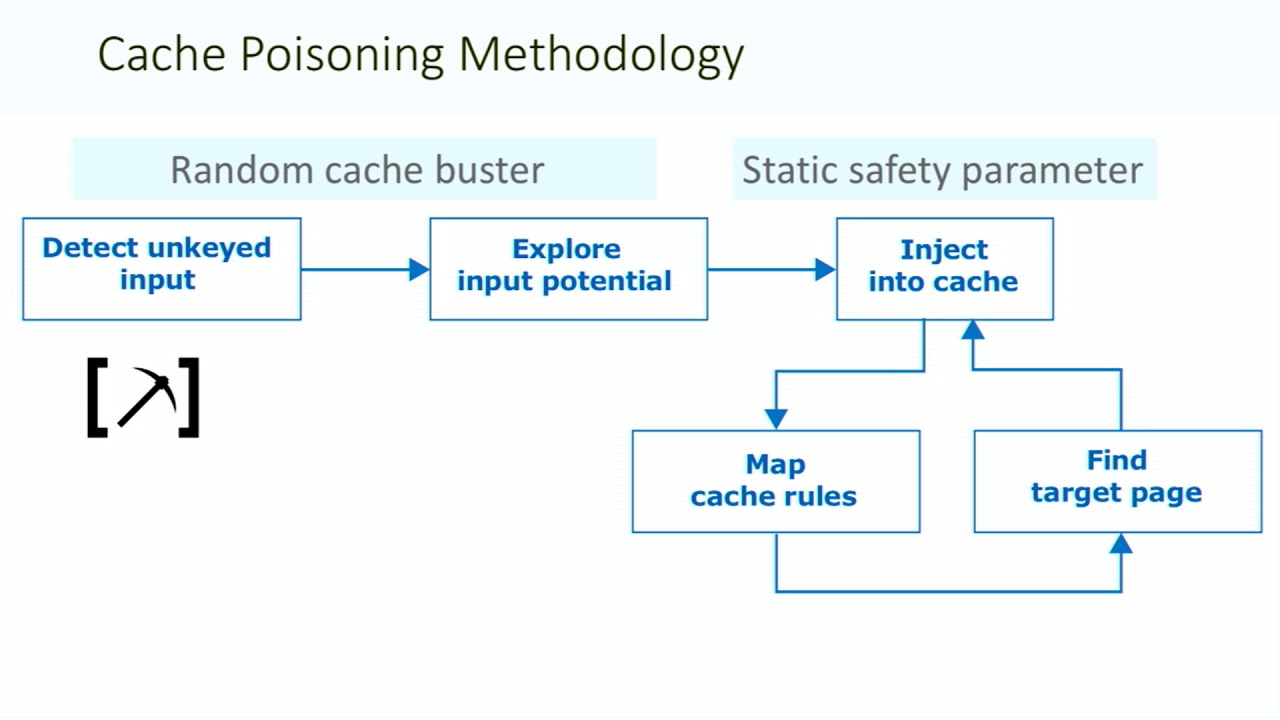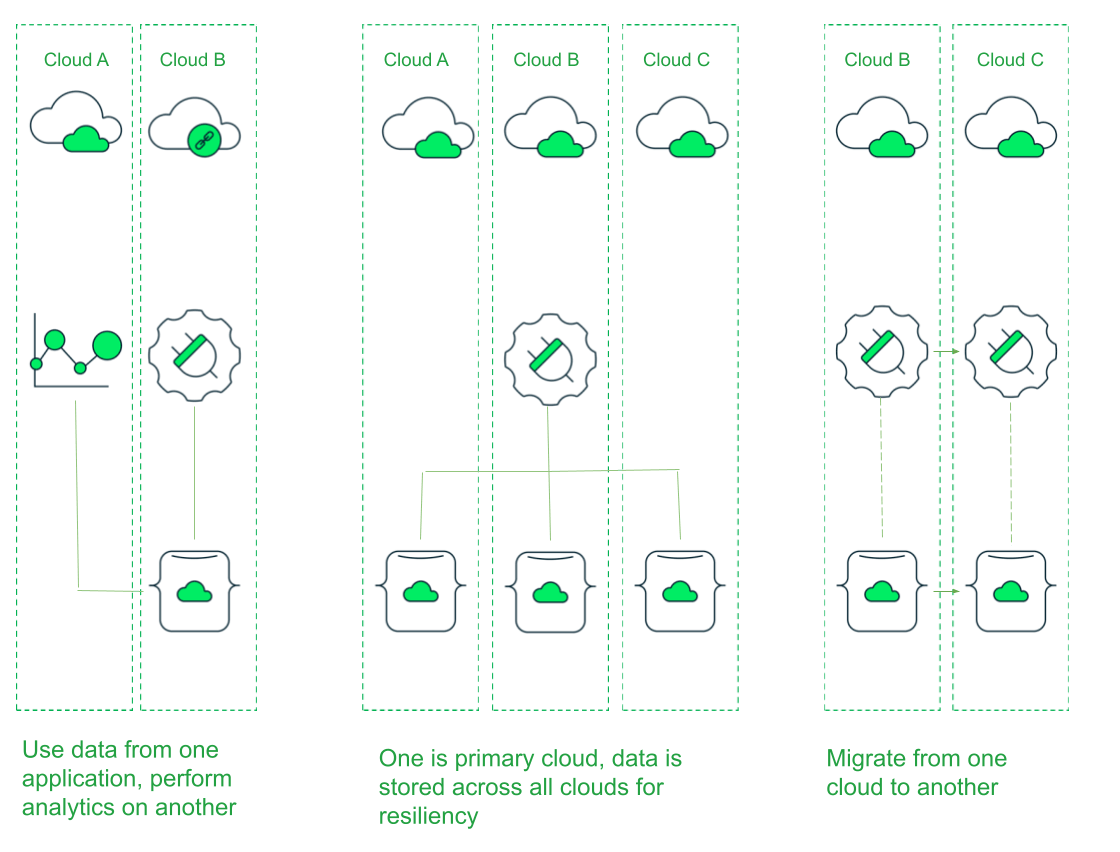
Application layer protocols enable software to send or receive information. These protocols provide meaningful data for users and software. Instant messaging, eMail and web browsing are just a few examples of applications that employ application layer protocols. It also allows software to interact with other software applications. However, not all user applications use application layer protocols.
The OSI model has the lowest layer, the application layer. This layer, which is basically an abstraction layer, hides system operations from the application layers above and provides resources for them. For example, it may perform directory lookups.
Application layers have many functions. These include file storage and file transmission. The application layer allows remote users to log on and allows for communication with other software. E-mail, fax and web browsers are just a few examples of applications that make use of the application layer. MSN Instant Messenger, AOL Instant Messenger, and MSN Instant Messenger use application layers to transmit messages across a network.

This layer is easily accessible. It acts as a bridge between your computer and your operating system. It contains many facilities that allow you to interoperate with different software applications. It ensures that all layers can function properly by ensuring communication.
In addition, it is responsible for providing global information about various services, and it allows for a variety of interface methods. For example, a Web browser uses the application layer to connect to a remote server. The same applies to a Usenet News reader. It can use the application layers to access files and other documents that are located on remote computers.
Security is another key function of an application layer. It helps to defend against attacks and breaches of network integrity. The network's performance and integrity may be affected if an attacker steals information through the application layer. It may also cause data loss or data integrity to be compromised.
The application layer can protect itself against attacks by using packet inspection. Similar to an intrusion detection system, packet inspection allows a server to inspect the contents of a packet.

Encryption is another key function of an application layer within the OSI framework. Encryption involves the packaging of data into a different protocol. Depending on what data is being sent, the original message might be wrapped in several nested wrappers. Each nested wrapped message contains control information, including routing controls and destination addresses. Once a message has encrypted, it will be passed to the next layer, which will handle error correction and other functions.
Another function the application layer performs is to make transparent network connections. When a browser connects to a server, it sends a request for resources, such as a page or a file. The server returns an acknowledgement. After the connection is established, the server allocates a port number to the client.
An application layer protocol is used to facilitate communication between a server or client. Several popular protocols for the application layer have been created, including FTP, SMTP, and DHCP.
FAQ
What Kinds Of Websites Should I Make?
The answer to this question depends on your goals. You may choose to sell products online if you want to build a website. You'll need to build a robust eCommerce site to do this successfully.
Blogs are another popular type of website. Each one requires different skills and tools. If you are looking to start a blog, then you need to know about blogging platforms like WordPress and Blogger.
It is important to choose the right platform for your site. There are many templates and themes that are free for each platform.
Once you have decided on a platform, you are able to start building your website by adding content. You can add images, videos, text, links, and other media to your pages.
You can publish your website online once you have launched it. Visitors can view your site online once it has been published.
How much do web developers make?
A website is a project you can work on for your own money. You'll likely make $60-$80 an hr. But if you want to charge a lot more, you should consider becoming an independent contractor. A typical hourly rate for a freelancer could be between $150 and $200.
What is responsive web design?
Responsive Web Design is a method of designing responsive websites. It allows content to display on all devices (desktop computers, tablets and smartphones), so that it can be viewed easily on any device. This allows users to simultaneously view a website from one device while still being able to access other features, such as navigation menus and buttons. The goal of RWD is to ensure that when a user views a site on any screen size, they view the exact version of the site.
A website that sells primarily through eCommerce would be an example of this. You want your customers to be able to purchase products from your store, even if they are viewing it on a phone.
A responsive site will adapt to the device used to view it. It will appear the same as a regular desktop website if you view it on your laptop. However, if you're viewing the page on your phone, it will display differently.
This allows you to create one website that works on all devices.
Do I hire a web design firm or do it myself.
If you're looking to save some money, don’t pay for web designing services. Hiring someone else to make your website is a good option if you're looking for quality results.
The truth is, there are many different ways to build websites from scratch without the need for expensive professional designers.
If you're willing and able to invest the time and effort to create a stunning website, you can use free tools such as Dreamweaver or Photoshop to learn how to do it yourself.
It is possible to outsource your project to a freelance web developer, who will charge by the hour rather than per-project.
What should I include?
These things should make up your portfolio.
-
Example of your work.
-
Links to your website (if applicable).
-
These are links to your blog.
-
Links to social media pages.
-
These links will take you to the online portfolios of designers.
-
Any awards you've received.
-
References.
-
You can also send us samples of your work.
-
These are links showing you how to communicate effectively with clients.
-
Here are some links to show that you're eager to learn new technologies.
-
Here are some links to show you are flexible.
-
Links showing your personality.
-
Videos showing your skills.
How to design a website?
The first step is to understand what you want your site to do for your customers. What are your customers looking for?
What problem might they face if your site doesn't have what they are looking for?
This knowledge will help you to identify the problems and then solve them. It is also important to ensure your site looks great. It should be easy-to-use and navigate.
Your website should be well-designed. You should ensure that your site loads quickly. If it takes too long, people may not be able to stay as long. They'll move elsewhere.
If you're going to build an eCommerce site, you need to think about where all your products are located. Are they all in one location? Are they spread around your site?
You must decide whether to sell one product only or many products simultaneously. Are you looking to sell one product or several?
When you answer these questions, your site can be built.
Now, it's time to take care of the technical aspects. How will you site function? It will it work fast enough? Are people able to get it done quickly from their computers?
Can people buy things without having to pay more? Will they have to register with your company before they can buy something?
These are essential questions that you need to ask yourself. When you have the answers, you can move on.
What is a "static website"?
A static website contains all content stored on a server that visitors can access via web browsers.
The term "static", as it is sometimes called, refers not to dynamic features such changing images, videos, animations, etc.
This site was initially designed for corporate intranets, but it has been adopted by individuals or small businesses who desire simple websites that don't require complex programming.
Because static websites require less maintenance, they have grown in popularity. Static sites are easier to maintain and update than fully-featured websites with multiple components (such as blogs).
They also load quicker than their dynamic counterparts. They are ideal for mobile users and those with slow Internet connections.
Static websites are also more secure than dynamic ones. Static websites are much harder to hack than dynamic ones. Hackers have only access to data stored in a database.
There are two main ways to create a static website:
-
Using a Content Management System (CMS)
-
Creating a Static HTML Website
Which one you choose depends on your requirements. If you're new to creating websites, I recommend using a CMS.
Why? Because it allows you to have full control over your website. With a CMS, you don't need to hire someone to help you set up your site. Upload files directly to the CMS.
You can still learn how to code and create a static website. It will take some time to learn to program.
Statistics
- When choosing your website color scheme, a general rule is to limit yourself to three shades: one primary color (60% of the mix), one secondary color (30%), and one accent color (10%). (wix.com)
- Studies show that 77% of satisfied customers will recommend your business or service to a friend after having a positive experience. (wix.com)
- Is your web design optimized for mobile? Over 50% of internet users browse websites using a mobile device. (wix.com)
- The average website user will read about 20% of the text on any given page, so it's crucial to entice them with an appropriate vibe. (websitebuilderexpert.com)
- In fact, according to Color Matters, a signature color can boost brand recognition by 80%. There's a lot of psychology behind people's perception of color, so it's important to understand how it's used with your industry. (websitebuilderexpert.com)
External Links
How To
What is website hosting?
Website hosting is the place where visitors go to visit a website. There are two types.
-
Shared Hosting - This is your cheapest option. Your website files are stored on a server that is owned by another person. Your customers' requests travel via the Internet to your server when they visit your site. The server owner then forwards the request to you.
-
Dedicated hosting: This is the most costly option. Your website is only accessible from one server. You and your traffic are protected by the fact that no other websites share server space.
Shared hosting is preferred by most businesses because it's cheaper than dedicated hosting. You can use shared hosting if the company owns the server to provide the resources required for your website.
Each option has its pros and cons. Here are some key differences between them.
Pros of Shared Hosting
-
Lower Cost
-
It's easy to set up
-
Frequent updates
-
It can Be Found On Many Web Hosting Companies
You can get shared hosting for as low as $10 per monthly. Remember that shared hosting usually comes with bandwidth. Bandwidth describes the amount of data that can be transferred over the Internet. You may have to pay extra for large amounts of data, even if your blog only contains photos.
Once you begin, you will soon see why you spent so much on your previous host. The majority of shared hosts offer limited customer support. Although their techs may help you with setting up your site, it's not a common practice.
Providers that offer 24-hour customer support are worth looking into. They will assist you with any problems that may arise while you're sleeping.
Dedicated Hosting Cons:
-
More Expensive
-
Less common
-
Specific Skills Required
With dedicated hosting, all you need to maintain your website are provided. You don't need to worry about bandwidth usage or RAM (random access memory).
This means you will need to spend more upfront. However, once your business goes online, you'll discover that you don’t need as much technical support. You'll be able to manage your servers effectively.
So Which Is Better For My Business?
The answer to this question depends on which type of website you wish to create. Shared hosting is best for those who only need to sell products. It is easy to set-up and manage. You'll probably receive frequent updates because you are sharing a server hosting many other sites.
However, dedicated hosting can be a great option if you're looking to build a community around the brand. It allows you to focus on building your brand and not worrying about managing your traffic.
Bluehost.com is a web host that offers both. Bluehost.com offers unlimited monthly data transfers, 24/7 customer support, domain registrations free of charge, and a 30-day guarantee for your money back.